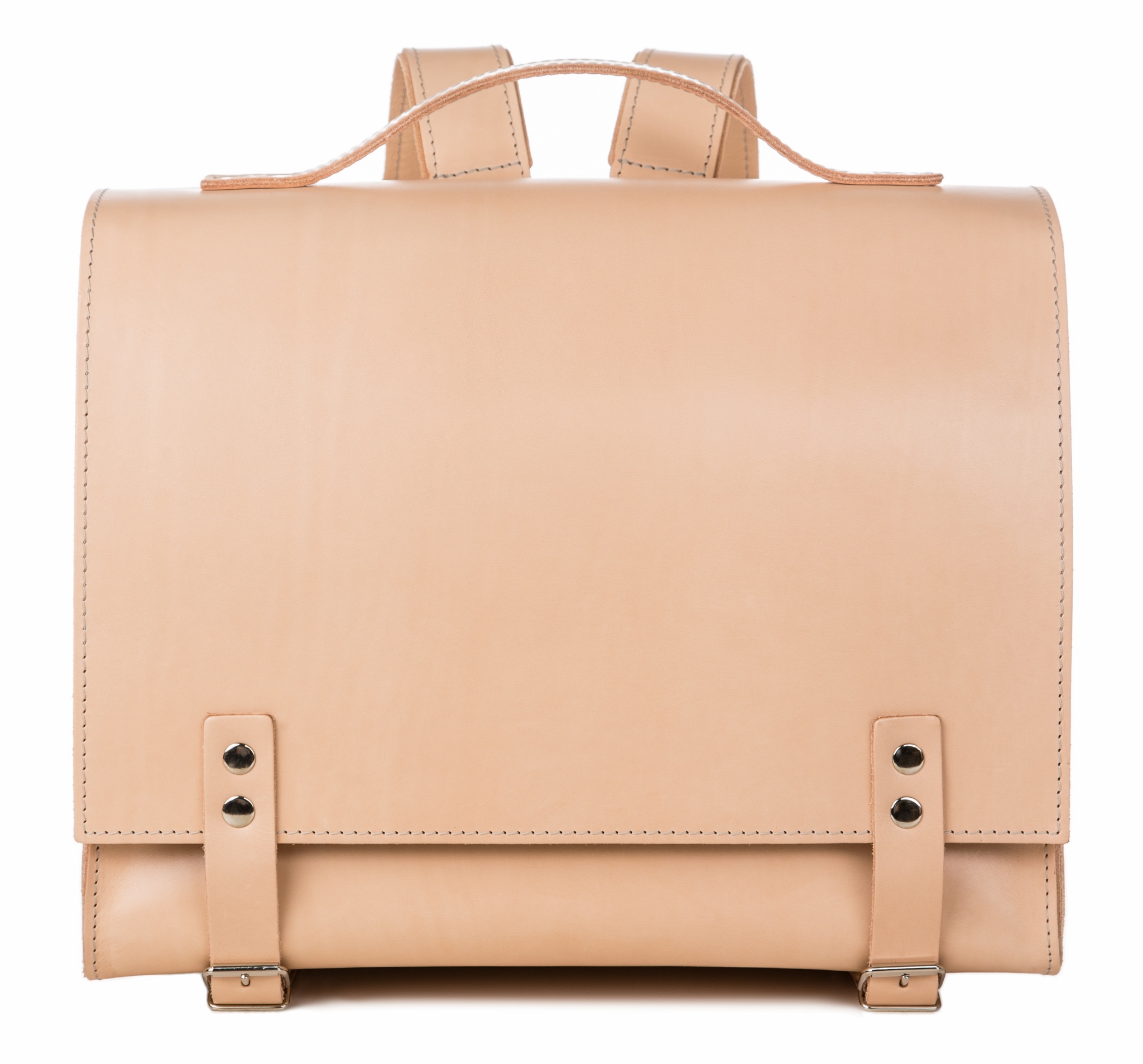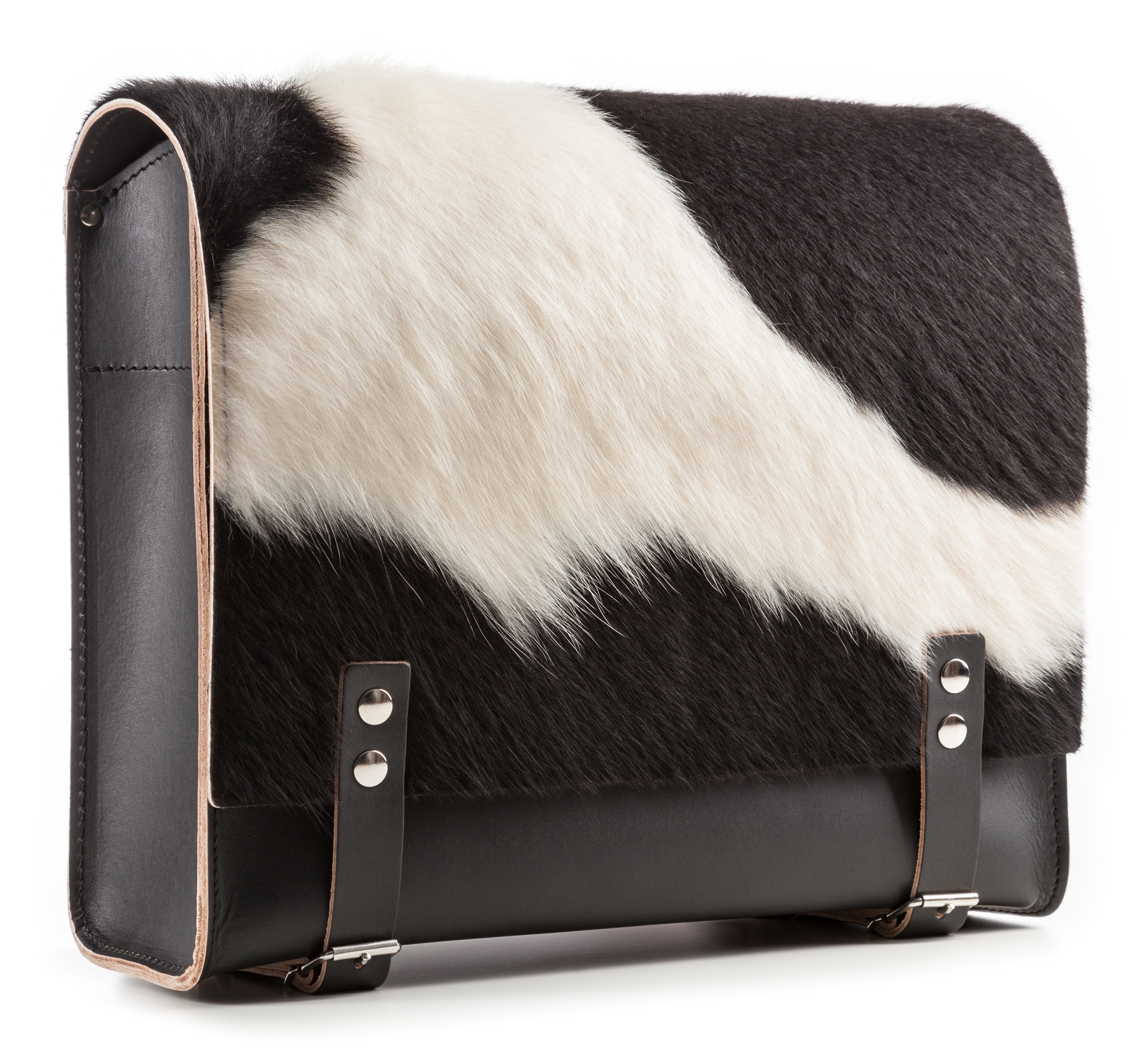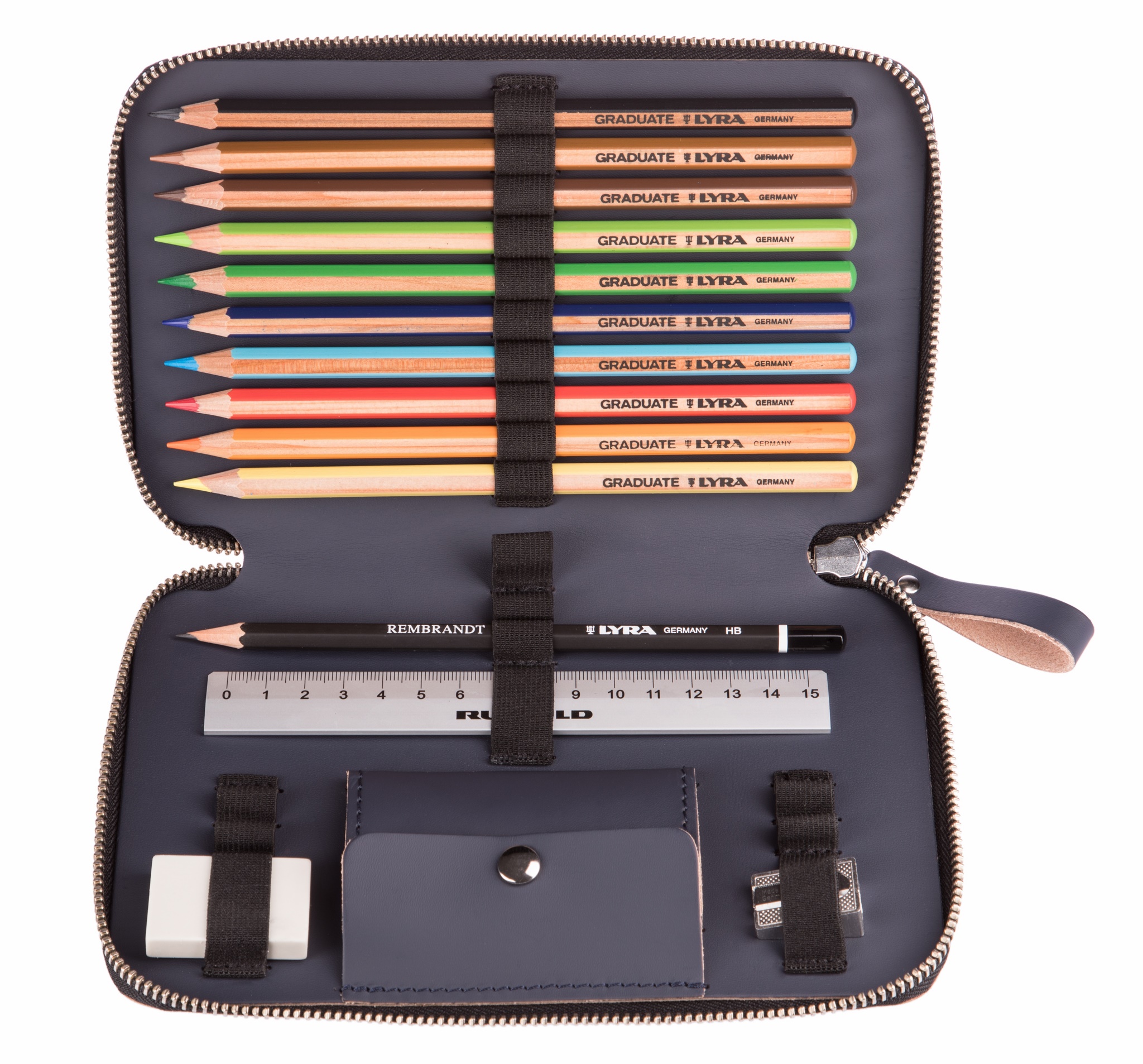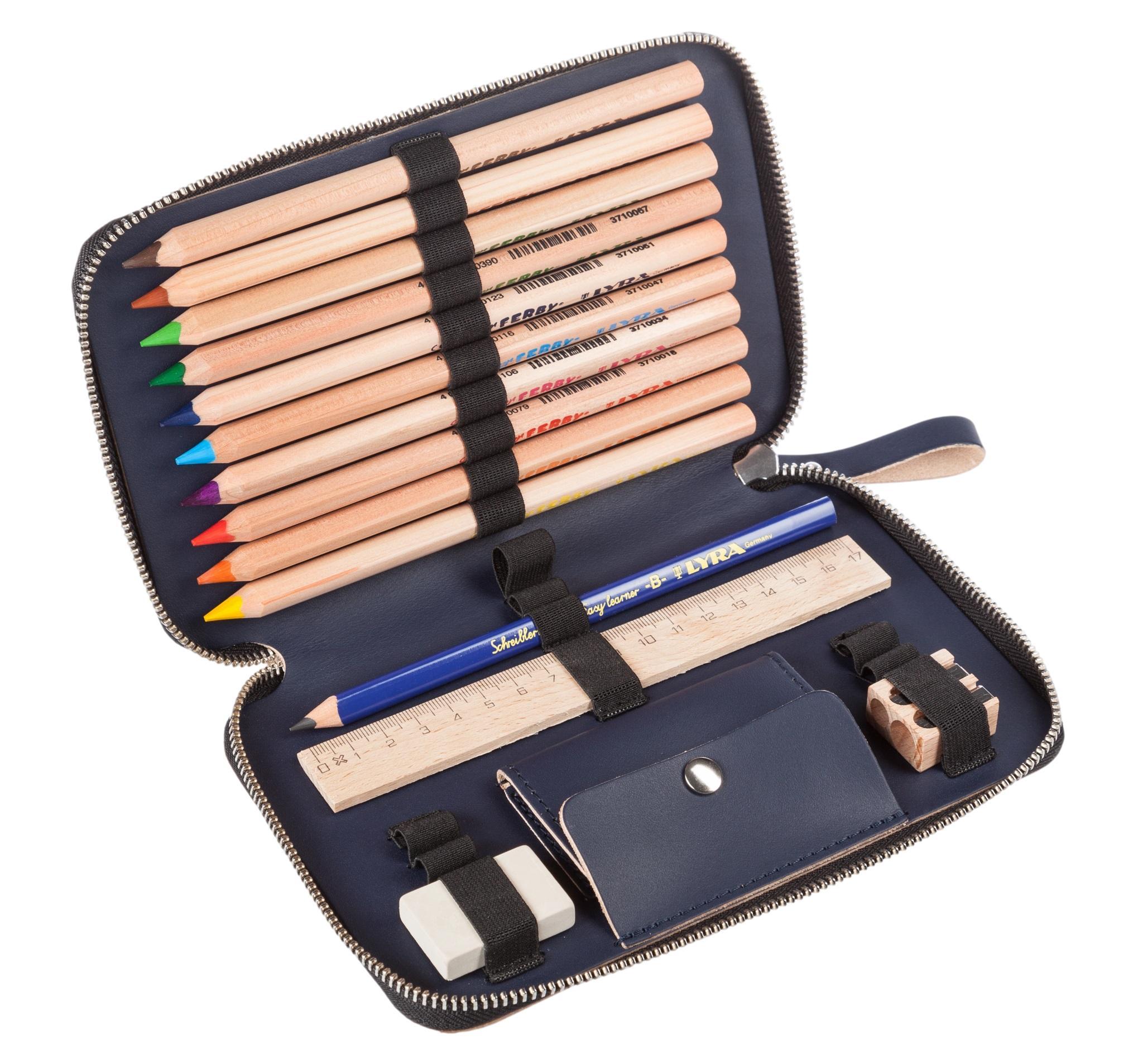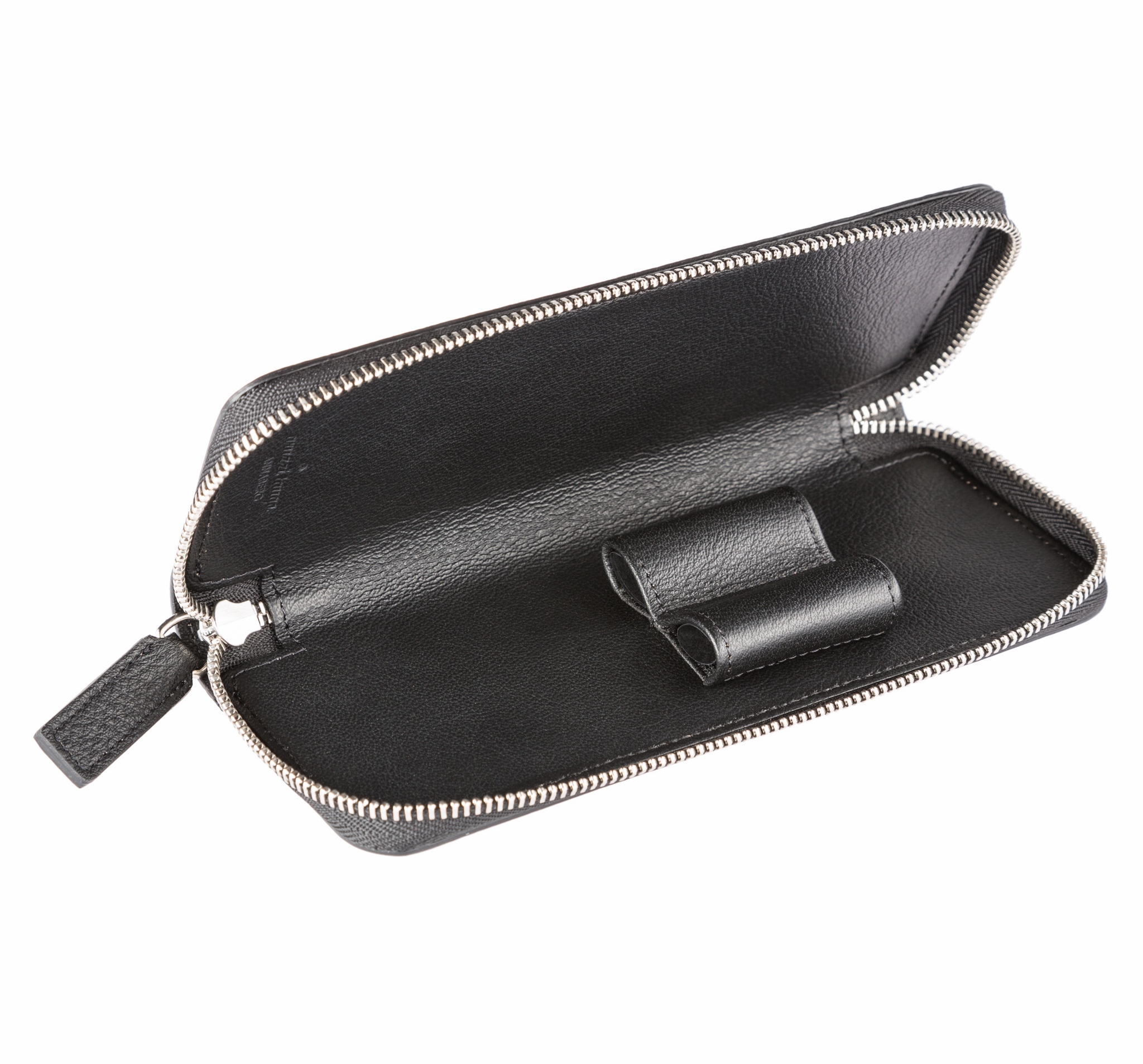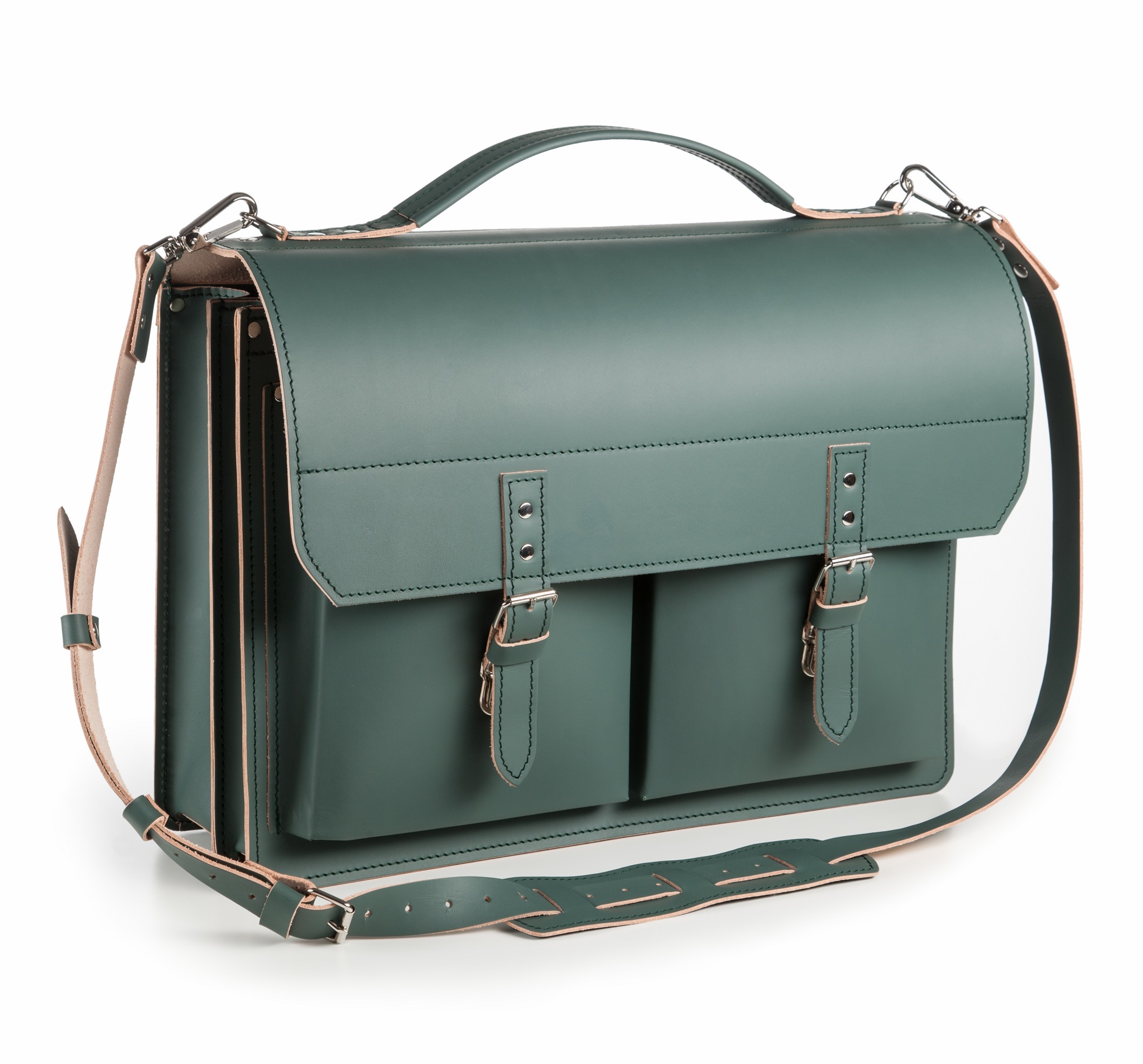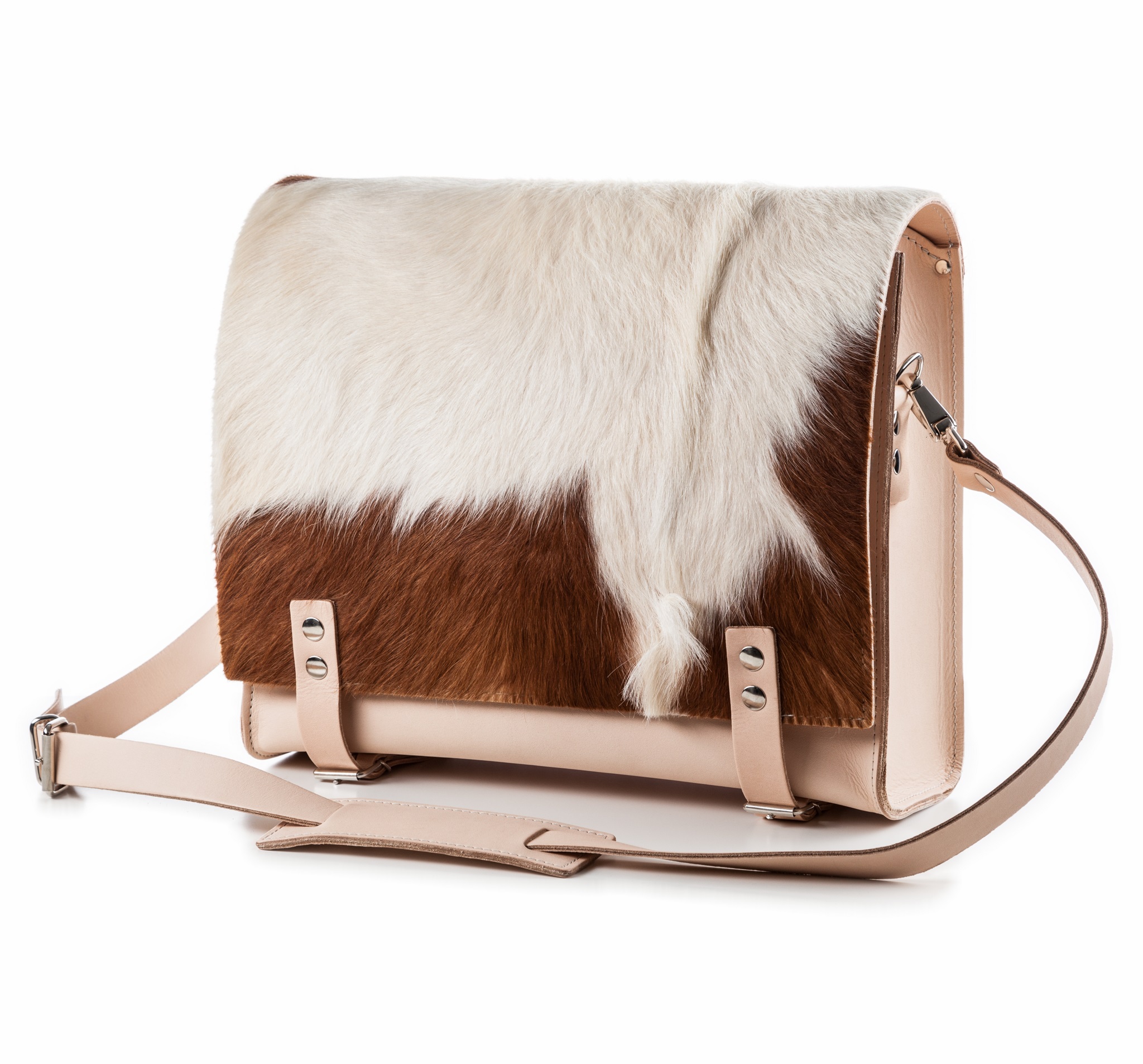OFFICE ACCESSORIES

KAWECO. Fountain pens with a personal touch
A fountain pen must feel good in the hand. The surface should have a pleasantly soft feel, and it should also be possible to write comfortably for longer periods. The nib must match the handwriting. Careful and high-quality workmanship must guarantee function. KAWECO pens meet these criteria. At KAWECO, all nibs are manufactured in Germany. Each nib is finely engraved and polished in Nuremberg, and the tiny iridium tip is assembled by hand. This guarantees an even ink flow. KAWECO offers five different nib sizes: from extra fine to extra broad. For starters, the nib size medium (M) is recommended. If necessary, the nib can be exchanged, a nice feature of KAWECO fountain pens. If you want a different typeface, you can easily change the nib by unscrewing the old nib and screwing on a new one of a different thickness. In this way, a fountain pen can remain in use for a long time, perhaps even be handed down as a legacy, and can just as easily be given as a gift.
A fountain pen works best when it is used daily. Writing every day keeps the ink flowing, pauses in use can cause ink residue to dry up. The fountain pen must then be cleaned by rinsing the front part with the nib in lukewarm water until the water that runs off is clear. Then pat the fountain pen dry with kitchen paper. The fountain pen is ready for use again.
The material and its surface finish play an extremely important role at KAWECO. Unusual materials are used experimentally and carefully. Instead of anodised aluminium, KAWECO uses raw aircraft aluminium because it is warmer to the touch and more pleasant to hold. KAWECO is also the first fountain pen manufacturer to use brass: raw brass produced in Germany without surface finish. The conscious decision not to use a surface protection has its own charm. Fountain pens made of untreated brass develop an individual patina during use. A trademark of KAWECO. Prominently represented in the slogan:
Don't buy if you do not like scratches.
Like so many things to do with pencils, it all began in Nuremberg, the city that became a centre of pencil production at the beginning of the modern era. In the 1950s, there were still 12 factories producing millions of pencils a year in Nuremberg. Horst Gutberlet became a sales representative for one of these pencil factories and soon became an industry expert who recognised the progressive division of labour in the stationery industry early on and knew how to exploit it. In 1960, Gutberlet founded a trading company that supplied manufacturers of writing instruments with components. His more than 400 industrial customers include renowned manufacturers such as Staedtler, Schwan-Stabilo, Parker and Lamy. Among other things, the company supplies fountain pen casings and mechanisms. Gutberlet, a trained electrician, combines technical understanding with commercial skills and a feel for economic trends. The latter in particular seems to run in the family. Michael Gutberlet, who had joined his father's company towards the end of the 1970s, succeeded in the 2000s in nothing less than transforming the family business from a component supplier to a brand manufacturer.
What is really, or only seemingly, paradoxical is that in an era of rapidly advancing digitalisation, he revived the traditional fountain pen brand KAWECO. Retro design interpreted in a contemporary way. Special materials such as lead-free brass. Solid workmanship and reasonable prices. In a world that is becoming more and more virtual, KAWECO impresses with writing instruments with its very own signature.
LILIPUT. The small-format pioneer
One of KAWECO's most tried and tested fountain pens is the LILIPUT. This simple fountain pen was designed as early as 1908. In terms of shape and construction, the design can be categorised as "New Objectivity", the style that was later to shape the Bauhaus movement. The design must have seemed very progressive to contemporaries. Many everyday objects were still influenced by Art Nouveau until the mid-1920s. The impressively simple construction of handle, shaft and cap was unusual and made the LILIPUT a striking novelty.
In format, the LILPUT is a classic pocket fountain pen for on the go. It fits in any trouser, shirt or jacket pocket. Particularly practical for short memos. If you write with the LILIPUT for a long time, you should unscrew the cap on the back. In the long run, the lengthened fountain pen is more comfortable in the hand.

A design classic in black. Light aluminium, lacquered in black, emphasises the graceful look of the LILIPUT. The black of the writing instrument blends perfectly with the interior of the leather case. A timeless accessory that goes with everything and provides long-lasting appeal. The brass LILIPUT is particularly original and environmentally friendly. The body of the fountain pen is made of so-called Eco Brass. Lead-free brass, which is produced by Wieland-Werke AG in Ulm. This lead-free alloy meets high environmental and health standards (and is used, among other things, in drinking water supplies). Easy to recycle without lead. The untreated brass develops a unique patina over time. The fountain pen acquires its own individual character.
SUPRA. Durable and versatile
The SUPRA is a further development of the LILIPUT and longer than its small-format predecessor. Slightly heavier. Equipped with a larger spring. The length of the fountain pen can be adjusted through various screw options. In terms of design, the SUPRA follows the minimalist design of the LILIPUT. Those who like to write, sign a lot and take notes by hand will enjoy the SUPRA. Due to its weight and length, it fits ergonomically in the hand. The large nib transmits elegance. It glides over any paper with a touch of grandeur.
SUPRA fountain pens are available in three different versions: in the already mentioned brass (Eco Brass) as well as Stainless Steel and Fireblue. The solid stainless steel and hand-blued stainless steel (Fireblue) versions are Made in Germany. In Stainless Steel, the SUPRA has a modern and functional look. In Fireblue, it becomes a real eye-catcher. The handcrafted surface treatment of the stainless steel with a gas burner creates a unique and lively surface. Each SUPRA Fireblue is one of a kind.

